Gross margin soars to 9.9% in 2024! NIO: Profitability by year-end, sales doubling target unchanged
![]() 03/27 2025
03/27 2025
![]() 694
694
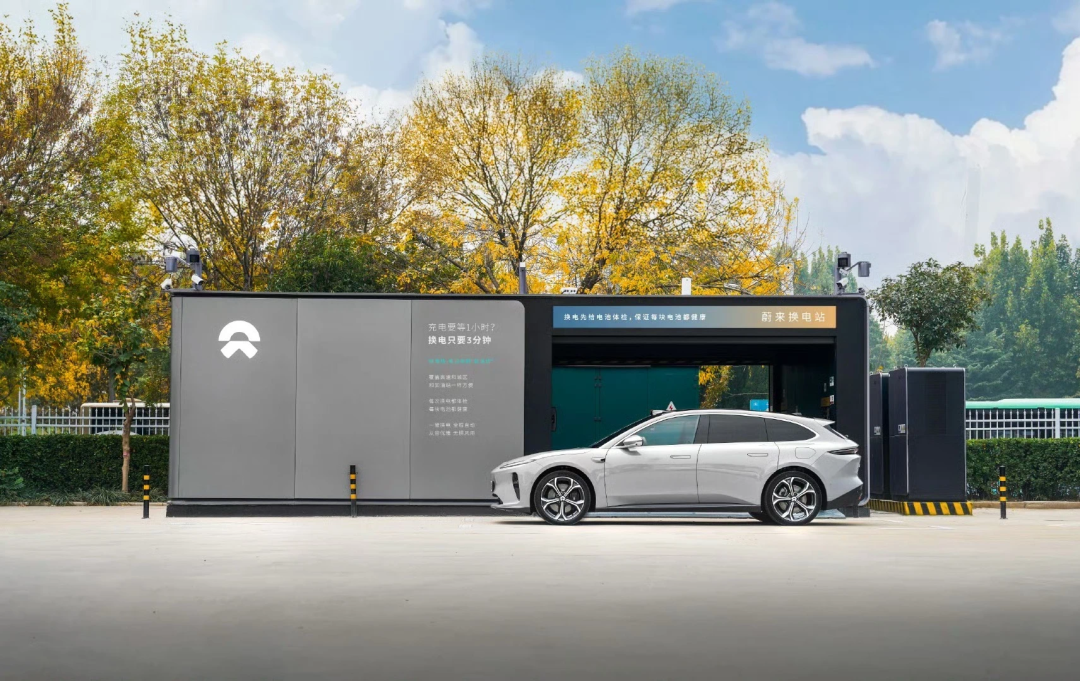
“Starting from Q2, we can see significant improvements in costs and expenses on the financial statements. In Q3, we will continue to deepen our control over costs and expenses. With increased sales, improved gross margin, and cost control, we are confident in achieving profitability in Q4 of this year.” At NIO's financial report meeting on March 21, NIO Chairman Li Bin reiterated the company's profitability target.
NIO's 2024 financial report shows that the company's annual revenue reached 65.73 billion yuan, a year-on-year increase of 18.2%, setting a new high. Among them, revenue in the fourth quarter was 19.7034 billion yuan, a year-on-year increase of 15.2%. The growth in NIO's revenue was mainly driven by the expansion of sales volume. In 2024, NIO delivered 221,970 vehicles (including approximately 20,000 Lido vehicles), a year-on-year increase of 38.7%. Over the same period, NIO's vehicle sales revenue was 58.2341 billion yuan, a year-on-year increase of 18.2%.
It should be noted that the launch of the cheaper Lido L60 in the fourth quarter led to changes in NIO's product mix and a decline in average selling prices, which offset part of the growth in sales revenue. Additionally, NIO's other sales revenue in 2024 was 7.4975 billion yuan, a year-on-year increase of 17.9%.
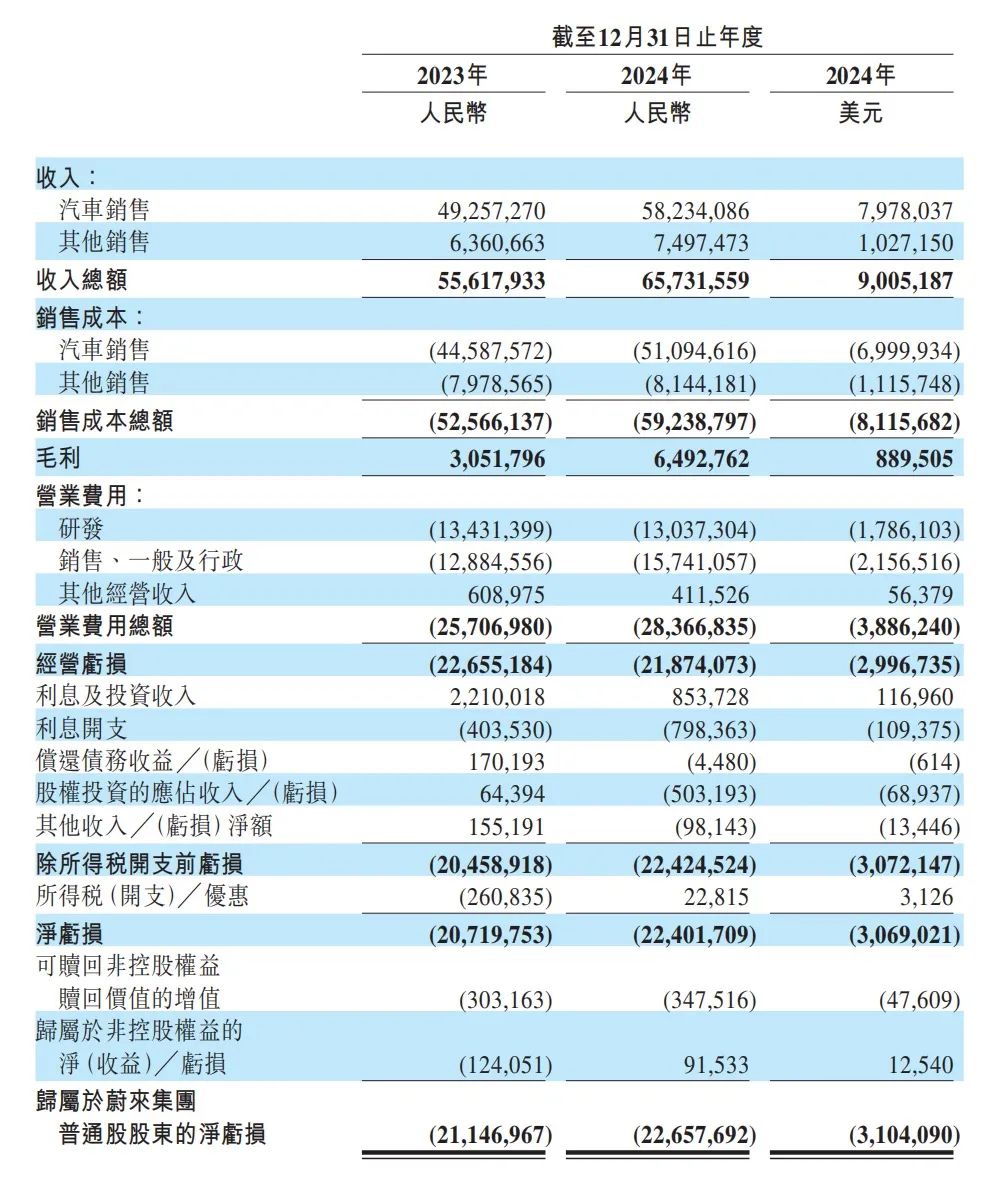
NIO has also further improved its gross margin. In 2024, NIO's overall gross margin was 9.9%, a year-on-year increase of 4.4 percentage points; the automotive gross margin was 12.3%, a year-on-year increase of 2.8 percentage points. In the fourth quarter, NIO's overall gross margin was 11.7%, an increase of 1 percentage point from the third quarter; the automotive gross margin was 13.1%, unchanged from the third quarter. Meanwhile, due to the continuous improvement in the scale and profitability of after-sales services, other sales achieved positive quarterly gross margins, beginning to generate profits.
For comparison, in 2024, Li Auto's annual overall gross margin was 17.2%, and its automotive gross margin was 19.4%; XPeng's overall gross margin was 9.3%, and its automotive gross margin was 11.2%. Meanwhile, Leaping Auto achieved quarterly profitability in the fourth quarter of 2024, with a gross margin of 8.4%.
As Li Auto, Leaping Auto, and XPeng began to achieve profitability or narrow their losses, NIO's net loss in 2024 was 22.4017 billion yuan, a further widening of 8.1%. Among them, the net loss in the fourth quarter was 7.1115 billion yuan, a year-on-year increase of 32.5%. Statistically, NIO has accumulated losses of over 95 billion yuan from 2015 to 2024.
In terms of the three major expenses, NIO's R&D expenses for the full year 2024 were 13.0373 billion yuan, a year-on-year decrease of 2.9%. This is mainly related to the decrease in personnel costs for R&D functions and the decrease in design and development expenses brought about by new products and technologies at different development stages. Sales, general, and administrative expenses were 15.7411 billion yuan, a year-on-year increase of 22.2%, which is related to factors such as increased sales and marketing activities related to new brands and products, as well as increased personnel costs associated with the expansion of the sales and service network.
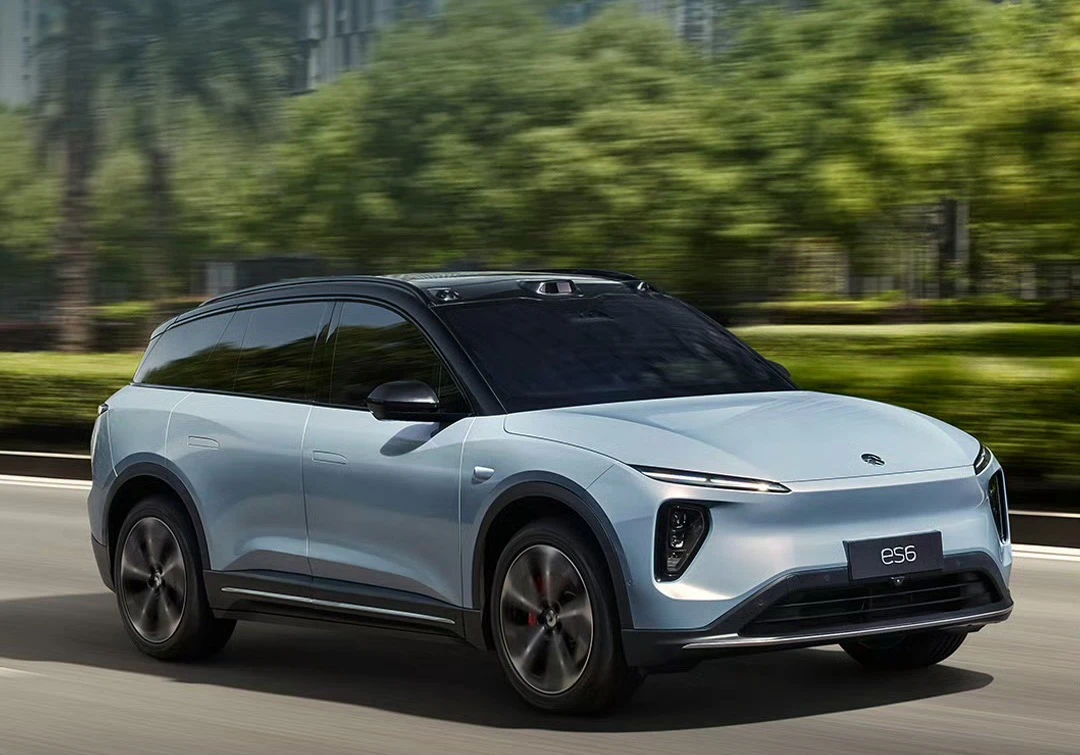
Although losses continue to widen, NIO's cash reserves remain abundant, with recent new financing inflows. As of the end of 2024, cash reserves were 41.9 billion yuan. For comparison, Li Auto's cash reserves were 112.8 billion yuan, XPeng's were 41.96 billion yuan, and Leaping Auto's were 19.39 billion yuan over the same period.
Another data point to note is that NIO's current liabilities exceed its current assets. The financial report shows that as of the end of last year, NIO's total current assets were 61.886 billion yuan, while its current liabilities were 62.311 billion yuan. NIO stated that its existing cash reserves are sufficient to support its normal operations for the next 12 months.
According to delivery guidance, NIO expects vehicle deliveries in the first quarter to range from 41,000 to 43,000 units, a year-on-year increase of 36.4-43.1%. Total revenue will range from 12.367 billion yuan to 12.859 billion yuan, a year-on-year increase of approximately 24.8% to approximately 29.8%.
01 Lido bears the responsibility for doubling sales
“The sales of the Lido brand since this year have indeed not met our expectations.” During the financial report meeting, Li Bin acknowledged the issues with the Lido brand. He believes that the main reasons for the underperformance of the Lido brand are as follows: insufficient brand awareness, insufficient number of channels, insufficient maturity of sales personnel, insufficient battery supply, and the impact of recent negative public opinion. In particular, Li Bin stated that negative public opinion has had a 30%-40% impact on Lido orders.
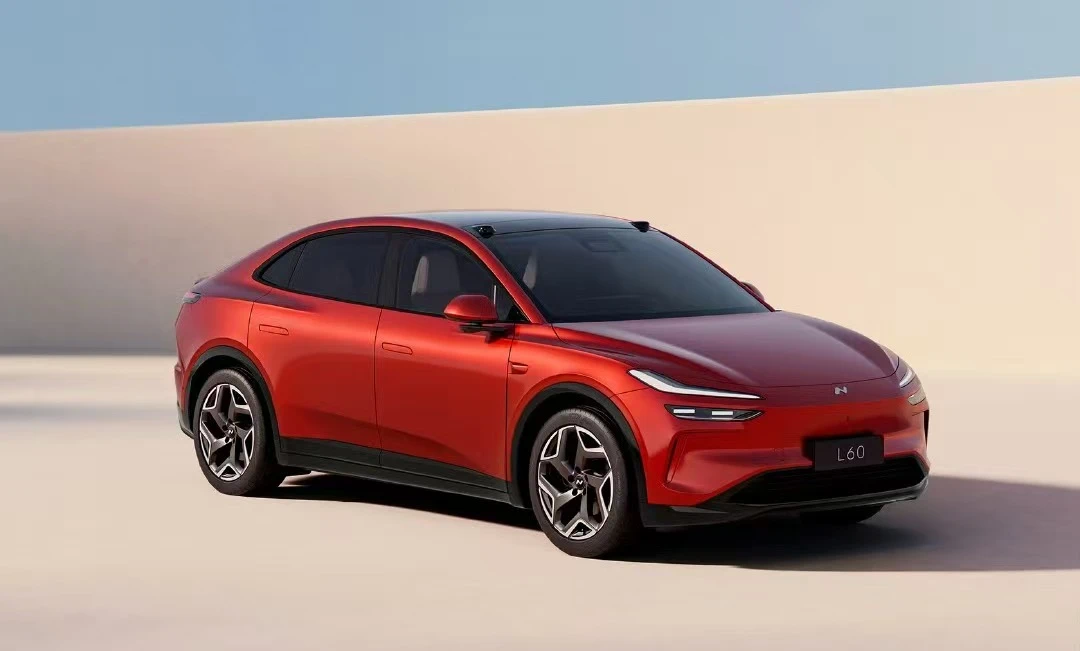
In response, NIO has taken a series of measures for improvement. For example, it has increased advertising placements in high-speed trains and elevators; intensified marketing efforts on social media; increased investments in the sales network and personnel training; and increased the number of battery swap stations that can accommodate Lido vehicles. At the same time, the legal department has taken strong action against malicious slanderers and rumor mongers.
Meanwhile, on the sales front, NIO is currently exploring an internal incentive system for the sales teams of both the NIO and Lido brands, allowing salespersonnel of both brands to sell vehicles from the other brand. Pilot projects have already been initiated in some stores. However, Li Bin emphasized that the sales network stores for the NIO and Lido brands will remain independent in the future and will not be merged.
Of course, Li Bin also shared some good news about Lido, stating that the Lido L60 has received excellent user feedback and a very high rate of user referrals. Li Bin called the Lido L60 the product with the highest user satisfaction in NIO's history. Li Bin also revealed that recent Lido orders and transactions are continuously increasing. “I believe that as our brand awareness increases, the sales service network and sales team mature further, and the battery swap station layout expands further, the sales volume of the L60 will gradually increase and reach our target,” said Li Bin.
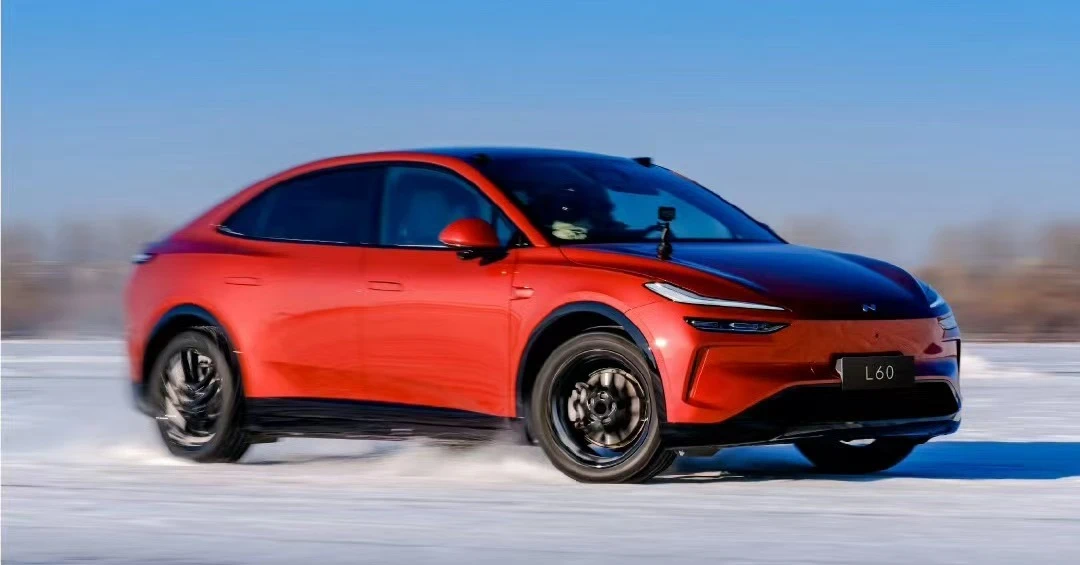
During the conference call, Li Bin once again emphasized NIO's target of doubling annual sales this year. He stated that there are two main drivers for NIO's sales growth this year. The first growth driver is the improvement of Lido's sales services, including the maturity of the sales network and sales team, as mentioned above. This description also reflects NIO's high expectations for the Lido brand, which is positioned as a mainstream mass-market brand. Conversely, the underperformance of Lido sales has indeed had a significant impact on NIO's overall sales pace.
The second growth driver comes from new vehicles. According to plans, NIO will deliver a total of 9 new models (including facelifts) across its three brands throughout the year. These include the annual facelifts of the NIO ET9 and 5566, the Lido L90, and a large five-seat SUV; as well as the Firefly. “We believe that the effect of new vehicles will be a significant driver of our sales growth,” said Li Bin. In addition, Li Bin also emphasized that NIO's battery swap network will also play an important role in promoting overall sales.
02
NIO's gross margin to reach 20% in the fourth quarter
During the conference call, NIO CFO Qu Yu proposed that in addition to the profitability target for the fourth quarter, NIO's brand gross margin will reach 20% and the Lido brand gross margin will reach 15% in the fourth quarter of this year. To achieve this goal, NIO has promoted platformization and standardization of vehicle models. For example, NIO has unified the smart hardware interfaces of all its models, reducing the cost of the entire data cable and data interface from 2,000 yuan per vehicle to 1,000 yuan per vehicle.
Many of NIO's early self-developed efforts have gradually begun to contribute to cost reduction. A prime example is the self-developed Shenji NX9031 intelligent driving chip. This chip has been first installed on the ET9 and will be installed on the 5566 next. It is reported that compared to using four Orin chips, the Shenji NX9031 intelligent driving chip can bring cost savings of around 10,000 yuan.
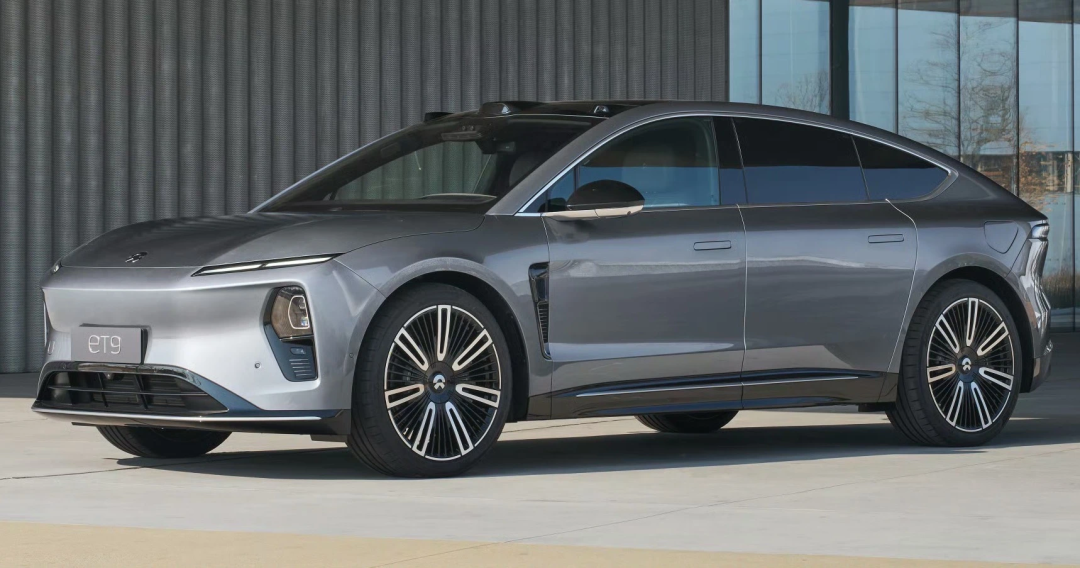
Meanwhile, NIO has recently made a series of adjustments to its system. For example, it has established a CBU to clarify where money is being spent, reducing or eliminating inefficient investments and projects while resolutely pursuing efficient ones. Qu Yu stated that any fixed-point cost exceeding 7.5% of the cost estimate will be escalated for approval by himself and members of the organizing committee. According to him, through these measures, NIO has achieved a 10% reduction in the BOM cost of complete vehicles in 2024.
Another key to improving gross margin lies in new vehicles. Qu Yu said that the NIO brand's ET9 and a major new model in the second half of the year have higher model positioning and gross margin levels; while the Lido brand's L90 and the third-quarter large SUV are also in a relatively high-price and high-margin range. Qu Yu believes that the launch of these new products, combined with the aforementioned cost reduction measures, will contribute significantly to NIO's profitability and gross margin improvement in the fourth quarter of this year.
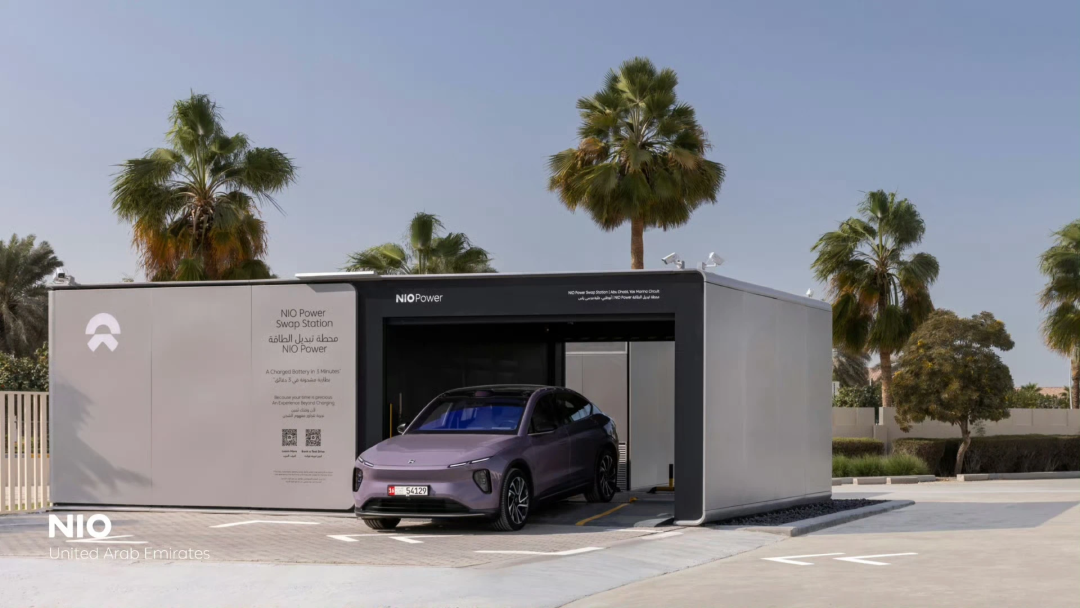
However, Qu Yu stated that due to factors such as clearing inventory for the 5566 facelift, there will be some pressure on the overall gross margin in the first quarter of this year compared to the fourth quarter. At the same time, Li Bin also stated that in terms of R&D investment, NIO will maintain an investment of approximately 3 billion yuan per quarter this year and will focus on projects with high returns on investment and optimized project initiation processes to ensure more efficient output from these R&D expenses. Li Bin said that the effectiveness of these changes will be reflected in the second-quarter financial report.
In addition, regarding the investment in battery swap stations, Qu Yu said that since last year, NIO has launched a battery swap partnership plan to collaborate with partners' resources to build battery swap stations. “In our plan to achieve county-level battery swap station coverage this year, we hope to rely on our partners' resources for the construction of most battery swap stations, which will not consume too many of our resources,” said Qu Yu.







